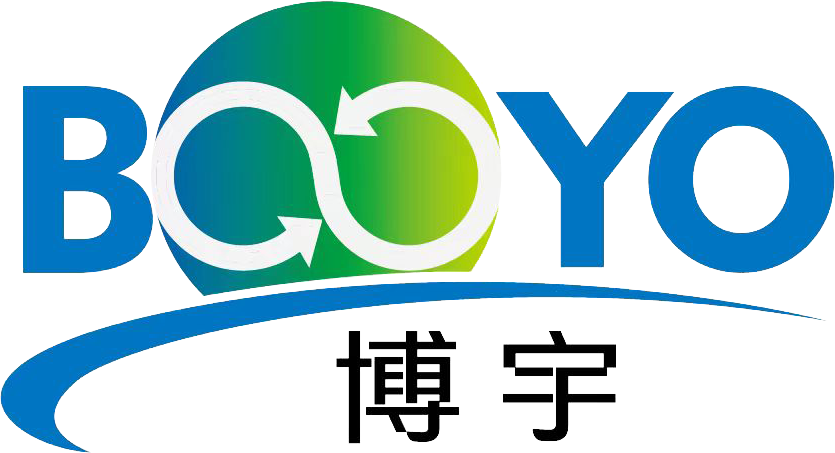
Our News
Find out about our latest news here.
Latest News
- ▶ High-Efficiency Surface Condenser Solutions:
- ▶ Health, Safety and Environment (HSE) Policy
- ▶ Conflict-of-Interest Policy
- ▶ Can a Welded Spiral Heat Exchanger Solve Fouling and Blockage Problems?
- ▶ Anti-Bribery and Corruption (ABC) Compliance Policy
- ▶ The Critical Role and Application of Heat Exchangers in the Natural Gas Treating Process
Message
Introduction
When designing or constructing industrial piping systems, engineers often need to distinguish between Power Piping (ASME B31.1) and Process Piping (ASME B31.3). Although both standards fall under the ASME B31 Code for Pressure Piping, their scope, safety factors, and inspection requirements are quite different. Another important consideration is whether welded pipes (ERW, SAW) can be used in power piping systems. This article explores the major differences between B31.1 and B31.3 and clarifies the role of welded pipes in power piping applications.
1. Power Piping (ASME B31.1)
Power piping refers to piping systems associated with power generation facilities, especially steam plants and boiler installations. Typical systems include:
Boiler External Piping (BEP)
Main steam and hot reheat lines
Feedwater systems
High-pressure turbine connections
Key characteristics of B31.1 power piping:
Designed for high pressure and high temperature operation.
Conservative safety factors with thicker wall requirements.
Mandatory involvement of an Authorized Inspector (AI).
Certain segments require ASME “S” or “PP” Stamp certification.
2. Process Piping (ASME B31.3)
Process piping is used in chemical plants, oil refineries, pharmaceutical, food, and industrial facilities. It covers a much broader range of fluids and operating conditions.
Key characteristics of B31.3 process piping:
Handles a wide variety of fluids and gases (hydrocarbons, steam, acids, solvents, etc.).
More flexible design rules, optimized for economy as well as safety.
Does not require ASME Code stamping; compliance is documented by QA/QC and third-party inspection.
Allows innovative layouts and material selection to meet chemical process needs.
3. Power Piping vs Process Piping: A Comparison
4. Welded Pipes in Power Piping
A common question is: Can welded pipes be used in power piping systems? The answer is yes, but with restrictions.
Seamless pipes (SMLS) remain the preferred choice for high-pressure, high-temperature lines (main steam, hot reheat, boiler feedwater).
Welded pipes (ERW, SAW) can be used in power piping if:
The material grade is listed in ASME Section II-D (e.g., ASTM A53, A671, A672, A691).
Weld joint efficiency (E factor) is properly applied.
Weld seams undergo 100% radiographic (RT) inspection in critical services.
For large-diameter, low-pressure piping (such as circulating water or condenser lines), SAW pipes (LSAW/SSAW) are widely used due to cost and availability.
5. Conclusion
Power Piping (B31.1) is conservative, designed for safety in high-pressure, high-temperature power generation environments.
Process Piping (B31.3) is broader and more flexible, covering diverse industrial fluids with economic design considerations.
Seamless pipes dominate critical power piping systems, while welded pipes (ERW, SAW) are acceptable in certain conditions, especially for large-diameter or low-pressure services, provided ASME requirements are fully met.
PROFESSIONAL CONSULTATION
If you are interested in our products and want to know more details, please leave a message here, we will reply you as soon as we can.